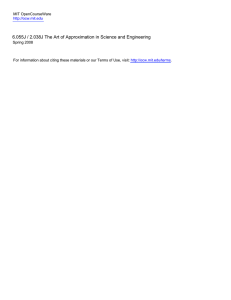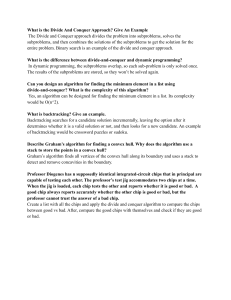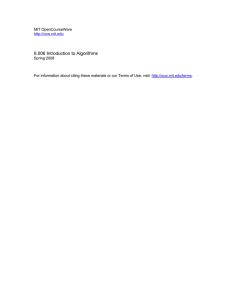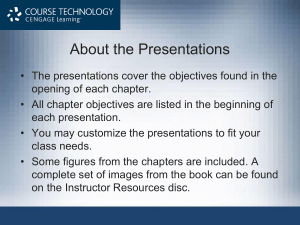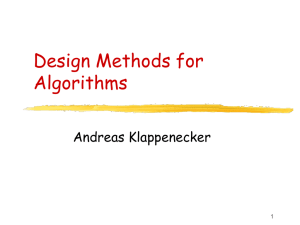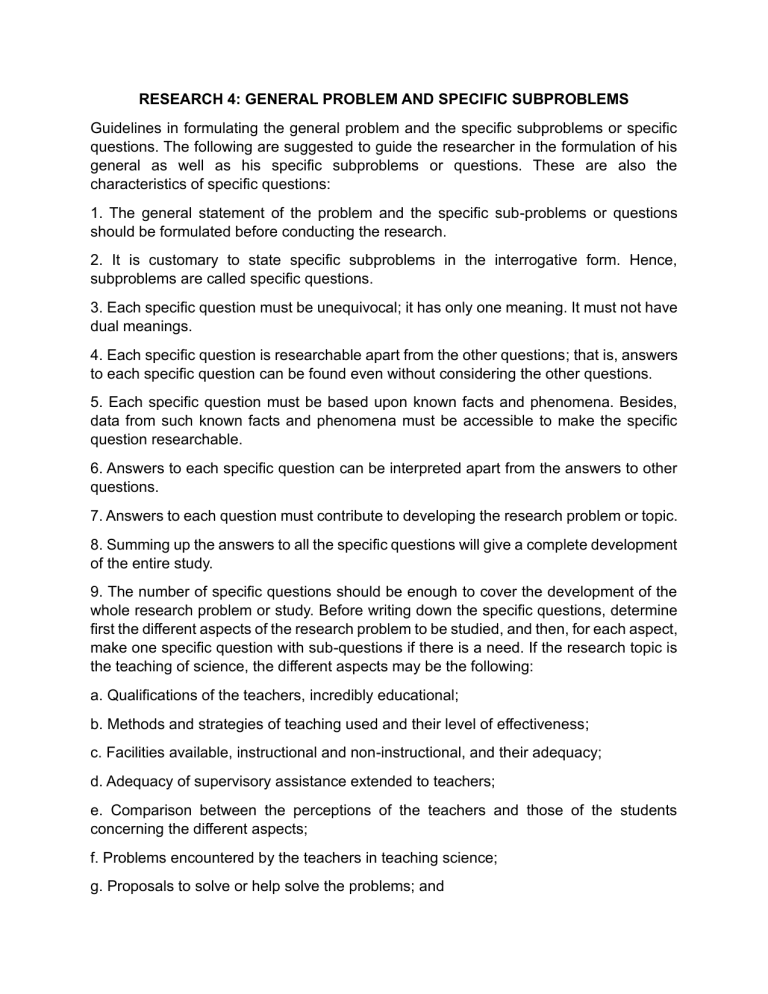
RESEARCH 4: GENERAL PROBLEM AND SPECIFIC SUBPROBLEMS Guidelines in formulating the general problem and the specific subproblems or specific questions. The following are suggested to guide the researcher in the formulation of his general as well as his specific subproblems or questions. These are also the characteristics of specific questions: 1. The general statement of the problem and the specific sub-problems or questions should be formulated before conducting the research. 2. It is customary to state specific subproblems in the interrogative form. Hence, subproblems are called specific questions. 3. Each specific question must be unequivocal; it has only one meaning. It must not have dual meanings. 4. Each specific question is researchable apart from the other questions; that is, answers to each specific question can be found even without considering the other questions. 5. Each specific question must be based upon known facts and phenomena. Besides, data from such known facts and phenomena must be accessible to make the specific question researchable. 6. Answers to each specific question can be interpreted apart from the answers to other questions. 7. Answers to each question must contribute to developing the research problem or topic. 8. Summing up the answers to all the specific questions will give a complete development of the entire study. 9. The number of specific questions should be enough to cover the development of the whole research problem or study. Before writing down the specific questions, determine first the different aspects of the research problem to be studied, and then, for each aspect, make one specific question with sub-questions if there is a need. If the research topic is the teaching of science, the different aspects may be the following: a. Qualifications of the teachers, incredibly educational; b. Methods and strategies of teaching used and their level of effectiveness; c. Facilities available, instructional and non-instructional, and their adequacy; d. Adequacy of supervisory assistance extended to teachers; e. Comparison between the perceptions of the teachers and those of the students concerning the different aspects; f. Problems encountered by the teachers in teaching science; g. Proposals to solve or help solve the problems; and h. Implications of the study to the teaching of science. 10. Generally, there should be a general statement of the problem, and then this should be broken up into as many subproblems or specific questions as necessary. Example: This study was conducted to investigate all aspects of science teaching in the high schools of Province A during the school year 1989 - 1990 as perceived by the science teachers and students. Specifically, the study attempted to answer the following questions: a. How qualified are the teachers handling science in the high • schools of Province A? b. How effectively do the teachers teach science using the methods and strategies? c. How adequate are the instructional as well as the non-instructional facilities for the teaching of science? d. How adequate are the forms of supervisory assistance extended to the teachers relative to the teaching of science? e. Is there any significant difference between the teachers' and students' perceptions concerning the different aspects of science teaching? f. What problems are being encountered by the teachers of science? ------------------------------------------------------------------------------------------------ Sources: • • Calderon, J. & Gonzales, E. (2011). Methods of Research and Thesis Writing. Mandaluyong City 1550. Poling, K. (2008). Department of History. Harvard University. https://history.fas.harvard.edu/files/history/files/research_question.pdf?m=145917 6775. Retrieved last November 10, 2023.
